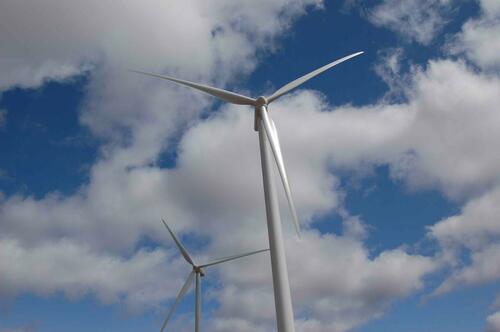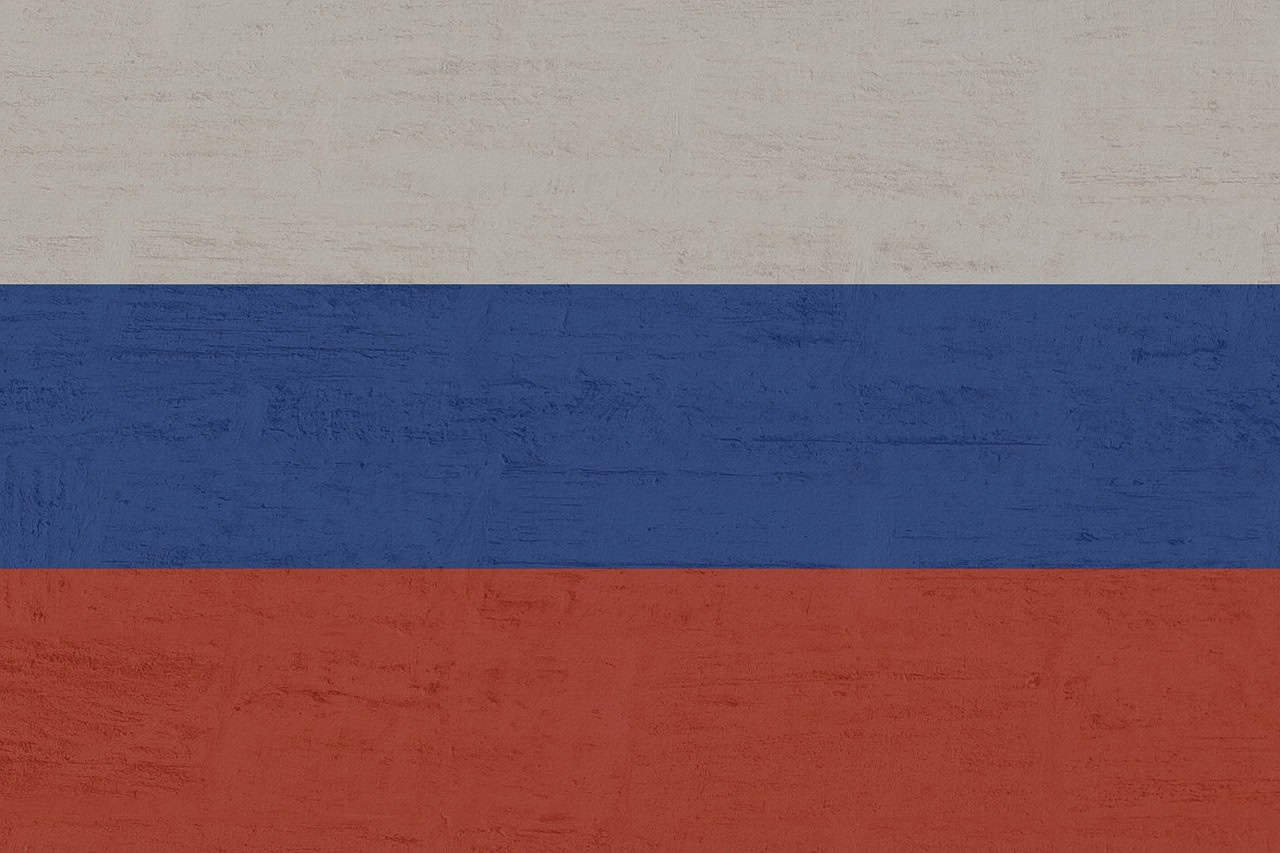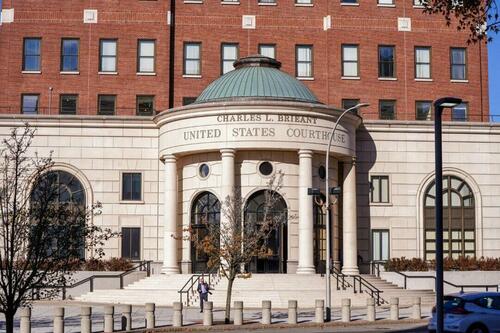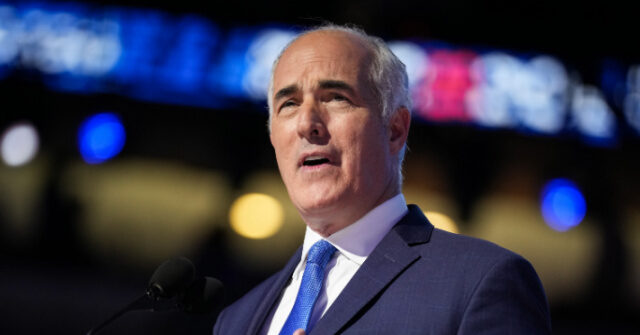000 WTNT34 KNHC 140234 TCPAT4 BULLETIN Potential Tropical Cyclone Nineteen Advisory Number 2 NWS National Hurricane Center Miami FL AL192024 1000 PM EST Wed Nov 13 2024 ...LIFE-THREATENING FLASH FLOODING EXPECTED IN HONDURAS LATER THIS WEEK AND OVER THE WEEKEND... SUMMARY OF 1000 PM EST...0300 UTC...INFORMATION ----------------------------------------------- LOCATION...16.1N 80.2W ABOUT 215 MI...345 KM ENE OF CABO GRACIAS A DIOS ON NIC/HON BORDER ABOUT 380 MI...610 KM E OF ISLA GUANAJA HONDURAS MAXIMUM SUSTAINED WINDS...30 MPH...45 KM/H PRESENT MOVEMENT...W OR 270 DEGREES AT 9 MPH...15 KM/H MINIMUM CENTRAL PRESSURE...1005 MB...29.68 INCHES WATCHES AND WARNINGS -------------------- CHANGES WITH THIS ADVISORY: The government of Honduras has issued a Tropical Storm Warning from Punta Sal eastward to the border with Nicaragua and for the Bay Islands. SUMMARY OF WATCHES AND WARNINGS IN EFFECT: A Hurricane Watch is in effect for... * Punta Castilla to the Honduras/Nicaragua Border * The Bay Islands of Honduras A Tropical Storm Warning is in effect for... * Punta Sal to the Honduras/Nicaragua Border * The Bay Islands of Honduras A Tropical Storm Watch is in effect for... * Honduras/Nicaragua Border to Puerto Cabezas A Hurricane Watch means that hurricane conditions are possible within the watch area. A watch is typically issued 48 hours before the anticipated first occurrence of tropical-storm-force winds, conditions that make outside preparations difficult or dangerous. A Tropical Storm Warning means that tropical storm conditions are expected somewhere within the warning area within 36 hours. A Tropical Storm Watch means that tropical storm conditions are possible within the watch area, generally within 48 hours. Interests elsewhere in Honduras, and in Belize and the Yucatan Peninsula should monitor the progress of this system. For storm information specific to your area, please monitor products issued by your national meteorological service. DISCUSSION AND OUTLOOK ---------------------- At 1000 PM EST (0300 UTC), the disturbance was centered near latitude 16.1 North, longitude 80.2 West. The system is moving toward the west near 9 mph (15 km/h). A slow westward motion should continue for another day or two, taking the system across the western Caribbean Sea. The disturbance is expected to stall and meander near the north coast of Honduras late Friday and through the weekend. Maximum sustained winds are near 30 mph (45 km/h) with higher gusts. The system is forecast to become a tropical storm on Thursday and continue strengthening, if it remains over water. * Formation chance through 48 hours...high...90 percent. * Formation chance through 7 days...high...90 percent. The estimated minimum central pressure is 1005 mb (29.68 inches). HAZARDS AFFECTING LAND ---------------------- Key Messages for Potential Tropical Cyclone Nineteen can be found in the Tropical Cyclone Discussion under AWIPS header MIATCDAT4 and WMO header WTNT44 KNHC and on the web at hurricanes.gov/text/MIATCDAT4.shtml RAINFALL: Through early next week, rainfall amounts of 10 to 20 inches with isolated storm totals around 30 inches area expected over northern Honduras. This rainfall will lead to widespread areas of life-threatening and potentially catastrophic flash flooding and mudslides, especially along and near the Sierra La Esperanza. Elsewhere across the rest of Honduras, Belize, El Salvador, eastern Guatemala, and western Nicaragua, Potential Tropical Cyclone Nineteen is expected to produce 5 to 10 inches of rain with localized totals around 15 inches through early next week. This will result in areas of flash flooding, perhaps significant, along with the potential of mudslides. For a complete depiction of forecast rainfall associated with Potential Tropical Cyclone Nineteen, please see the National Weather Service Storm Total Rainfall Graphic, available at hurricanes.gov/refresh/graphics_at4+shtml/205755.shtml? rainqpf#contents WIND: Hurricane conditions are possible within the watch area by Friday. Tropical storm conditions are expected in the warning area and possible in the watch area beginning late Thursday. STORM SURGE: Storm surge could raise water levels by as much as 1 to 3 feet above normal tide levels along the immediate coast near in areas of onshore winds along the northern coast of Honduras. Near the coast,the surge will be accompanied by large and destructive waves. NEXT ADVISORY ------------- Next intermediate advisory at 100 AM EST. Next complete advisory at 400 AM EST. $$ Forecaster Cangialosi
Originally Posted at:
NATIONAL HURRICANE CENTER and CENTRAL PACIFIC HURRICANE CENTER
At The NATIONAL OCEANIC AND ATMOSPHERIC ADMINISTRATION






